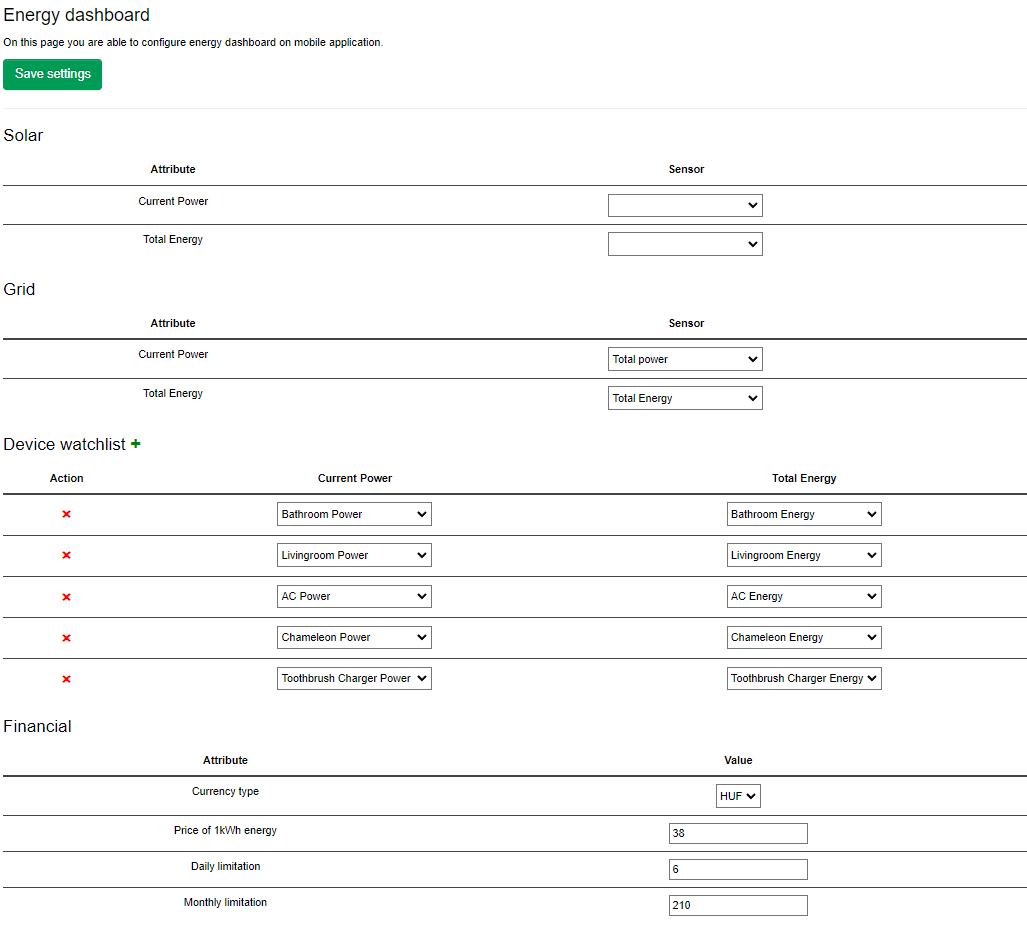Home Energy Monitoring on Behance Circuit Diagram The goal is to produce a dashboard equivalent to the energy dashboard, but for each (or a set of) individual power sensors, rather than a single one for the entire house. Home energy monitoring is important for understanding consumption patterns, optimizing energy use, and reducing costs for better household management. R is a statistical programming language popularly used for data analysis because of the packages and libraries it offers. This article will discuss how to monitor a dashboard for home energy usage in R programming language with the help of

Collecting Power and Gas Meter Data for Home Assistant using Raspberry Pi and SDR: https://youtu.be/8uB-vFmEuD0Kasa KP115 Smart Plug with Energy Monitoring I Learn how to build a smart IoT-based energy monitoring device to see real-time energy usage right on your smartphone. For me, the entire installation took about 30 minutes. Home assistant dashboard As long as your Home Assistant has Zigbee monitoring enabled, the device should automatically be detected.

Home Energy Usage Monitoring Dashboard in R Circuit Diagram
To view the data measured by the energy meter, I created a dashboard for Home Assistant in which I can see, in addition to the instant power consumption, a few different charts, that include:

The final part of this process is to add our sensor to the Energy dashboard. Open up Settings > Dashboards and click on the Energy dashboard. Just as before, add the energy sensor that we created and select the price entity. Conclusion There we go! That's the Shelly EM giving real time energy usage and consumption cost monitoring in Home Assistant. With a DIY Smart Home Dashboard, you can easily manage all your connected devices and automate your home's functions effortlessly. In this article, we will show you step by step how to create your very own Smart Home Dashboard, giving you the power to customize and monitor your home's smart features at your fingertips.
